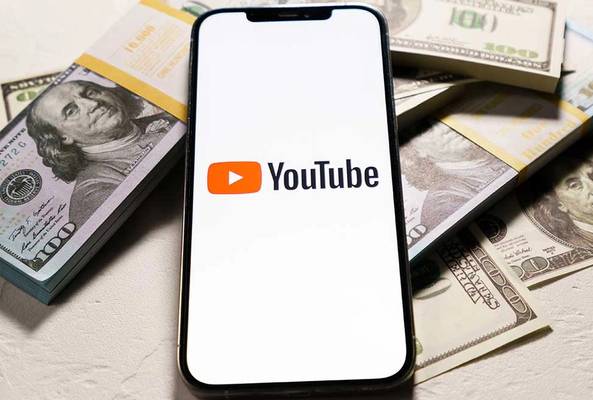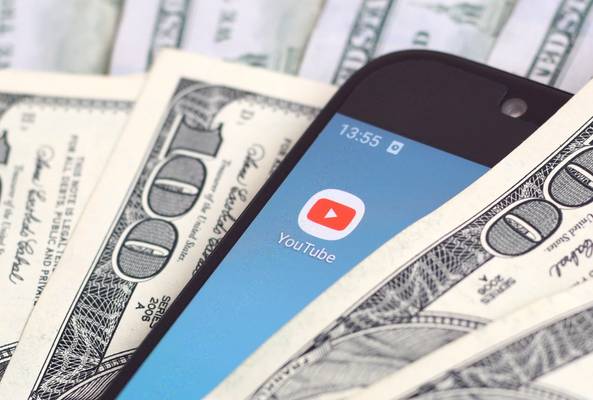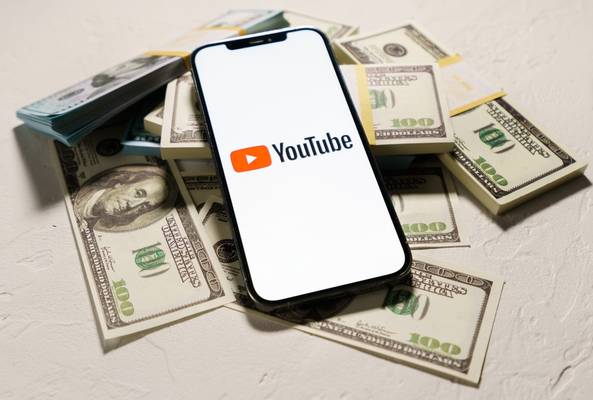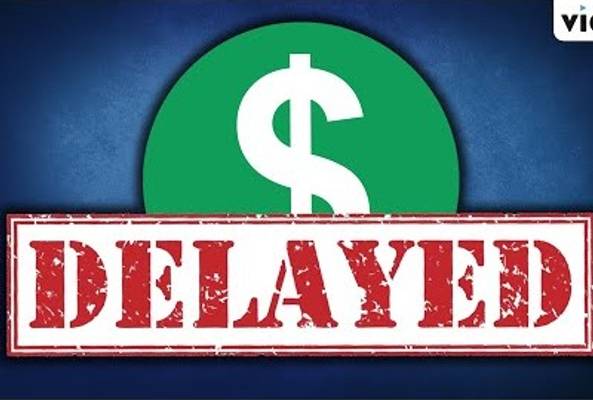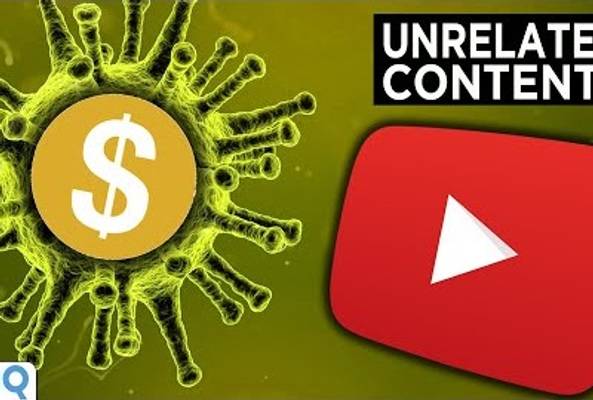Lydia Sweatt is a writer who loves balancing her article/blog time indoors with a healthy dose of nature. She bikes, hikes, and identifies edible plants along the way.
YouTube's Monetization Update: FAQ's for Creators

YouTube recently shared an update that surprised many creators. Starting November 18th 2020, the platform is placing ads on non-monetized videos and will collect 100% of the revenue.
That means even if you aren’t in the YouTube Partner Program, YouTube can make money from your content - at least until you’re eligible for ad revenue sharing.
But gaining this eligibility is one of the hardest parts of the journey. It can take years to reach the milestones needed - which are 1,000 subscribers and 4,000 hours of channel Watch Time - to get accepted into the YPP and monetize videos with ads.
Read more: How to Monetize Your YouTube Channel - A Beginner's Guide
These rules have been in place for three years, so YouTube’s new update adds an interesting twist to the ecosystem. Right now, creators undoubtedly have questions about the future of video monetization.
Stop Guessing. Start Growing.
Join 20M+ creators using vidIQ to get more views, subscribers, and success on YouTube.
To shed some light, we filmed an FAQ answering creators’ top concerns. In the video below, you’ll learn the details of YouTube’s monetization update, plus tips for diversifying your income beyond ad revenue.
But for an update this big, sometimes you need to read the information and absorb the details until they make sense. So here’s our written FAQ, which should help you navigate one of YouTube’s biggest changes.
Question - If YouTube monetizes your content, does that mean you're automatically in the YouTube Partner Program? Or conversely, does getting accepted become harder?
The answer to both of these questions is no. The requirements haven't changed, so you still need 1,000 subscribers and 4,000 of Watch time to apply to the YPP.
The biggest change is that before you reach those requirements, YouTube has the right to place ads on your videos because you agreed to its new terms of service. But that doesn’t mean joining the YPP will be easier or harder for creators.
Question - How many non-monetized videos will YouTube place ads on?
This is a guess, but probably not many. We don't think YouTube or its advertisers want to risk putting ads on videos with so few views. Channels that aren’t in the YPP don’t have large viewerships, so that feels like a risk not worth taking.
Also, YouTube stated that it would slowly place ads on a limited number of videos. To back this up, Rob Wilson, our YouTuber-in-residence, asked creators if they’d seen ads on channels they knew weren’t in the YPP. Not many have, so perhaps only a small amount of non-monetized videos are receiving ads.
Question - Will YouTube start monetizing videos that have been demonetized?
If YouTube wants to monetize content smaller creators can’t, the next logical step is to monetize their defunded videos, right?
No, it doesn't work that way. Demonetized videos have that status for a reason, one of which is violating YouTube's advertiser-friendly guidelines. If YouTube wanted to monetize defunded content, it would have to break its own rules in the process.
Question - When creators join the YouTube Partner Program, will the platform issue back payments for videos it prematurely monetized?
For example, let's say YouTube starts to monetize your content, but you're still working toward monetization. By February 2021, you finally reach the necessary requirements and apply for the YPP. When you’re accepted, will you receive three months of back-pay from the revenue YouTube collected while monetizing your content?
The simple and unfortunate answer is no. YouTube will take 100% of the revenue, and you won’t earn any money until you’re in the YPP. Once that happens, the revenue is split between you and YouTube (55% for you, 45% for YouTube).
Question - How will monetized channels be affected by YouTube’s terms of service update?
Realistically, YouTube monetizing content that wasn't monetized in the past doesn't impact smaller creators too much. They weren't earning money anyway, and they have the opportunity to change that by joining the YPP.
But will YouTube’s update negatively impact monetized channels? The answer comes down to supply and demand.
If there's more inventory (videos) available for advertisers to place ads on, they have more choosing power. Instead of picking a monetized channel, they may decide to advertise on a channel that isn't monetized. In that case, YouTube gets all of the profit and both channels lose a money-making opportunity.
But is that going to happen? It's impossible to say yes or no right now.
Question - Will creators be able to choose when and where ads appear in a video?
If you have a non-monetized channel, what happens if YouTube places mid-rolls ads on your video? Will it destroy the viewing experience of your content, especially if you post ASMR videos, music, or anything that’s best consumed without interruption?
It's possible but not likely.
In one example, we spoke to a creator who received a copyright claim on one of their videos. That means some of the content in the video belonged to another creator, and to recoup the loss in revenue, YouTube’s Content ID system placed an ad on the video to help pay the original creator. When YouTube chose a specific ad placement/type, it wasn’t a mid-roll ad interrupting the bulk of the video.
Admittedly, this is a sample size of one video. But when it comes to YouTube placing ads on your behalf, will they avoid placing ads in the middle of a video? Perhaps, but we need clarification from YouTube to be sure.
If you have a monetized channel, you don’t have to worry about this. Anyone in the YPP has complete control over which videos they monetize, what type of ads appear, and where they go on a video’s timeline.
Question - How can creators diversify their income streams?
By now, you’re probably realizing how unpredictable ad revenue is becoming. YouTube and its advertisers control 99% of that mechanism, including the amount of money you can earn.
To be clear, YouTube’s monetization update shouldn’t impact the ad revenue creators receive. But at the same time, you never want to bet on one stream of income supporting you forever.
This is where you have to put on your business hat and take advantage of the extra ways to earn on YouTube, such as:
- Selling products on a merchandise shelf
- Sponsorship deals from brands/companies
- Super Chats & Stickers
- Channel Memberships
These revenue streams give you more control of your financial future. So it’s in your best interest to attract more subscribers, increase your channel’s Watch Time, and get into the YPP.
That’s the first step to unlocking YouTube’s extra monetization tools and one of many steps to building a career on the platform.
20k+ 5 Star Reviews
Ready to put this into action?
Use vidIQ to find your next video idea, pick better keywords, and optimize every upload.

